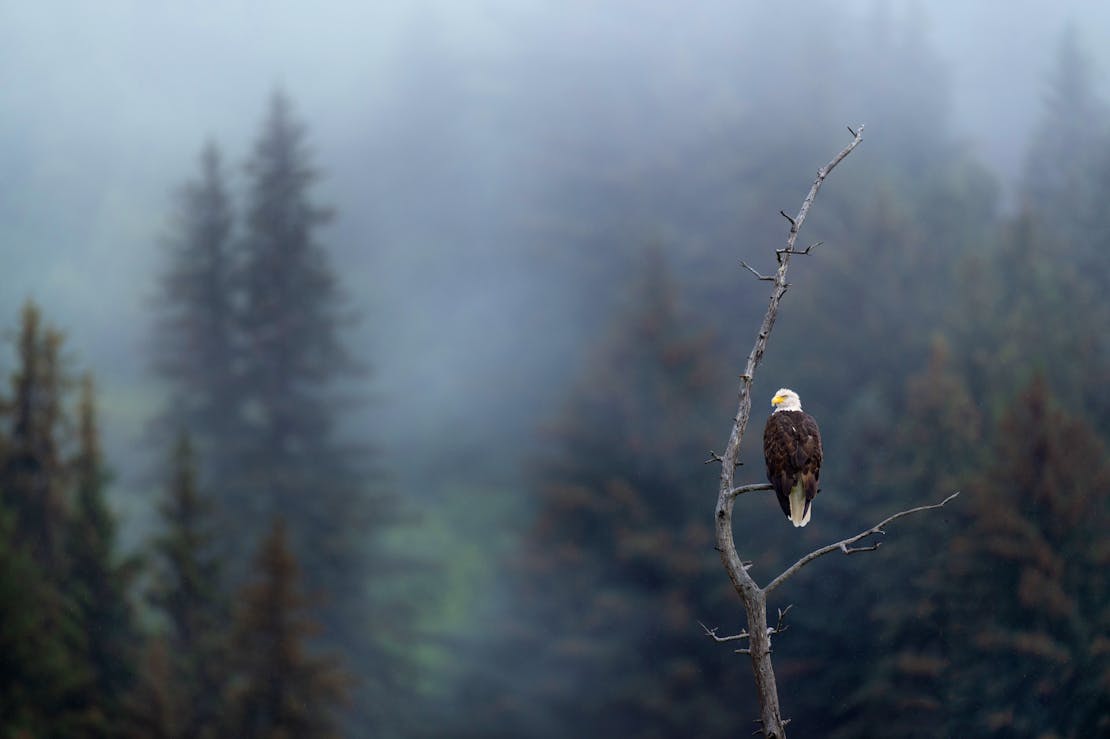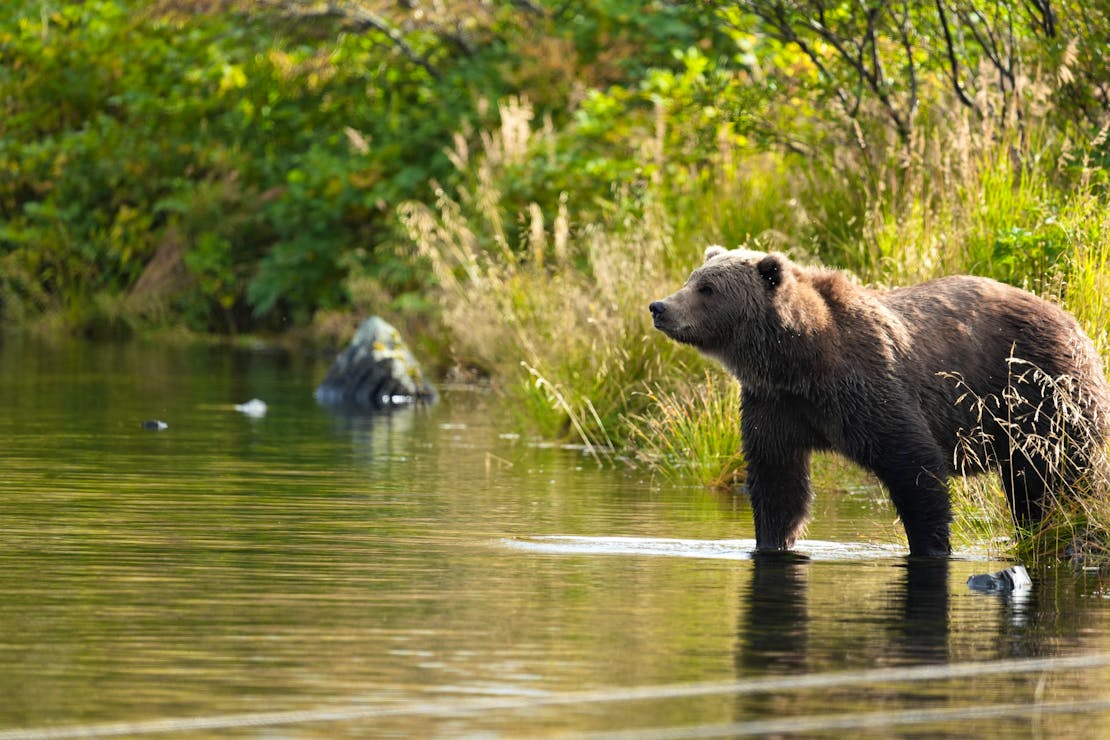We knew the Trump administration and 119th Congress would be bad for imperiled wildlife and their habitats, but the federal lands we hold dear, including the parks and refuges near you, have never been at greater risk.
On the campaign trail, President Trump laid bare his plans for federal lands — drilling, logging, mining, and the usual host of consumptive activities — but the fervor with which the administration is gutting federal agencies, dismantling foundational infrastructure and aggressively deploying its agenda underscores the gravity of the situation.
In the first days of its term, the administration jolted the federal workforce by arbitrarily eliminating probationary staff. Since ruled illegal, those firings are expected to be followed by mass layoffs, further decimating the size and effectiveness of the federal government.
For the Fish and Wildlife Service in particular, the loss of staff may all but cripple the agency. The National Wildlife Refuge System, which is notoriously underfunded, has lost around 1,000 positions — a roughly 30% loss in capacity — since 2011, leaving the only network of federal lands exclusively set aside for wildlife protection lacking effective management. Over half of refuges currently have no staff on site, and not a single refuge is fully staffed.
The National Park System has not fared much better. As a result of the probationary firings, the park system lost 1,000 staff, many of whom were responsible for managing wildlife. While those staff were ordered reinstated, much of the know-how that comes with long-term experience has already been lost through buyouts and retirements and may be compounded by additional firings, reversing decades’ worth of science-based management.
To the public, these firings may appear to be a matter of routine downsizing. Nothing, however, could be further from the truth. The “layoffs” are part of an agenda designed to drain agencies of experience, dampen morale, and force lands into disrepair, teeing up efforts to either exploit or sell those lands altogether.
Indeed, Secretary Burgum recently ordered the Department of the Interior to review national monument designations, a precursor to stripping them of such protections. Before an audience composed of oil ang gas executives, Burgum described exploiting public lands as a means of paying down national debt. Heeding this call to action, Idaho’s state legislature demanded Camas National Wildlife Refuge be transferred out of federal ownership, signaling a likely onslaught to come.
Auctioning off to the highest bidder federal land owned by the American public and actions to weaken the protection of our nation’s wildlife are, unfortunately, supported by a sympathetic Congress that seems to have little regard for conservation. For example, legislation was recently introduced that would prohibit the Secretary of the Interior from regulating the use of lead-based ammunition and tackle, even though lead is a poison known to harm and kill bald eagles, among other species. Companion legislation would hamstring FWS’s ability to create and expand refuges. Moreover, Congress recently amended the so-called Good Neighbor Authority statute, which now allows counties to retain logging revenues generated from parks and refuges, beckoning timber companies to train their focus on our nation’s most protected areas.
Through this onslaught, the executive and legislative branches are challenging the foundational ideal that wildlife and preservation come first in the National Park and Wildlife Refuge Systems.
Case in point: the continued assault on Alaska’s refuges and parks.
The push to open the coastal plain of the Arctic National Wildlife Refuge to oil and gas development remains a perennial priority for oil and gas industry backed members of Congress. Following two failed oil and gas lease sales, the administration, through sleights of hand and last-minute congressional maneuvers, is actively working to industrialize the nation’s most iconic refuge despite its public unpopularity and economic impracticality.
The administration also remains hellbent on carving a road through the core of Alaska’s Izembek National Wildlife Refuge, which would set a ground-shaking precedent by using a land exchange to invite development into refuges and parks. Izembek is an irreplaceable wetland wilderness of global significance. It supports an abundance of wildlife rarely found elsewhere including wolves, brown bears, caribou and tens of thousands of migratory birds. It is home to virtually the entire global populations of black brant and emperor geese.
Another deeply unpopular economic boondoggle is the proposed Ambler Road, which would slice some 211 miles through the Gates of the Arctic National Park and Preserve and beyond, splintering a vast region of mountain valleys and braided rivers nestled within the country’s wildest block of contiguous wildlife habitat.
As for the animals calling these places home, they too are in the crosshairs. President Trump recently ordered Secretary Burgum to rescind a Biden-era regulation that prohibited bear baiting in Alaska’s national preserves. Burgum was then instructed to reinstate the 2020 Trump rule, written to effectively sanction bear baiting, killing wolves during denning season, and taking caribou while swimming, among other so-called sporting practices.
It’s Up to Us
Between President Trump’s first and second terms, the playbook has slightly changed, but the underlying goal has not. Whether it be the Florida panther, the California condor or the animals of the Arctic, the very real needs of wildlife must cut through the noise. We must keep the federal lands and the habitats they protect healthy and in public hands.
Do your part by raising your voice for wildlife and calling on your members of Congress to oppose legislative and administrative assaults on the integrity of the National Wildlife Refuge and Park Systems.








